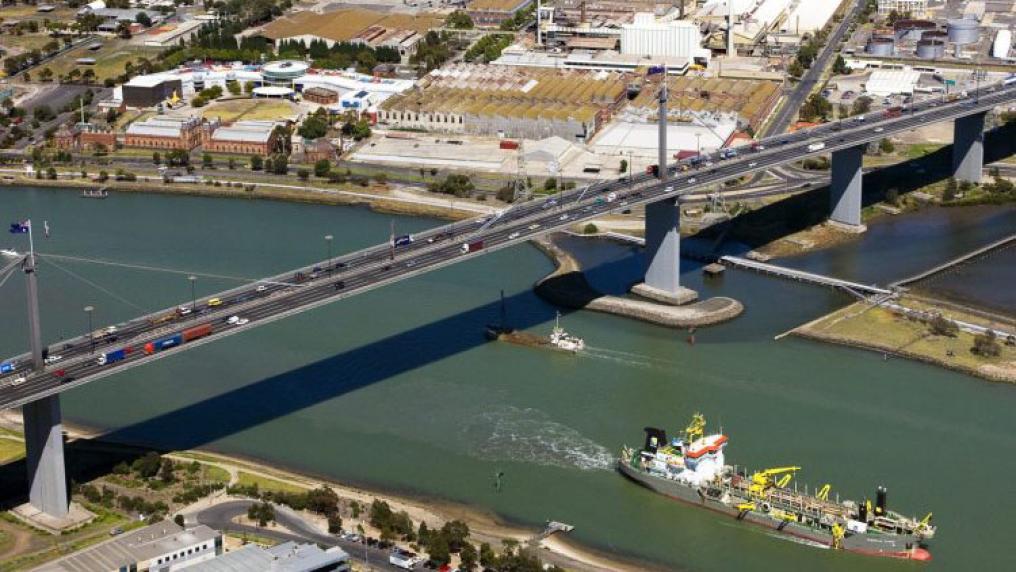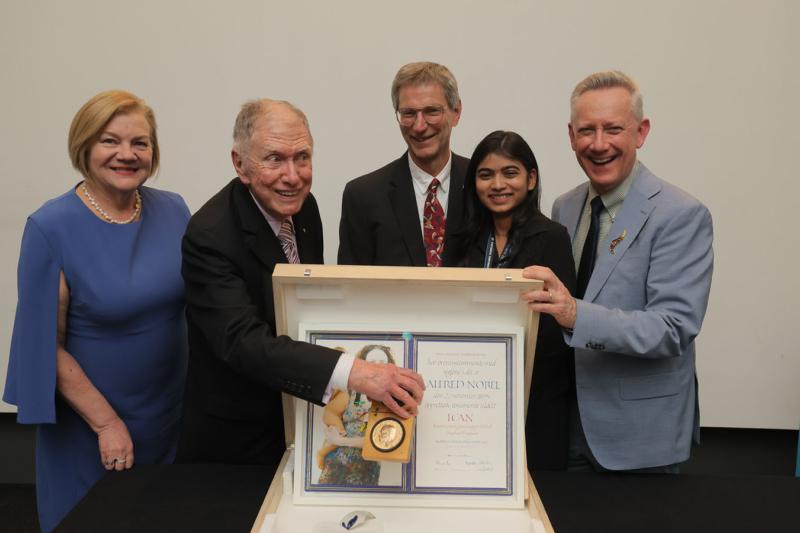Three innovative ways VU is helping future-proof Melbourne

From rethinking stormwater harvesting to recycled construction materials, the research projects at Victoria University’s Sustainable Futures Innovation Hub are looking at the west of Melbourne with a planetary health focus.
Located at the Footscray Park and Werribee Campuses, the hub was launched in April 2021 to develop solutions to sustainability problems. It combines engineering experience with expertise from a range of other disciplines.
“The research projects we’re working on touch on important needs in the COVID recovery,” says VU Innovation Hub lead and Professorial Research Fellow Mikel Duke. “But also sustainable development goals in the construction industry, water supply, and more.”
The VU Innovation Hub is connecting with communities in the west of Melbourne and along the Werribee River, where the need for sustainable thinking is particularly intense.
“The Werribee River catchment area supplies a huge amount of agricultural produce for Australia, it’s going to see immense growth in population and it’s a major employment district, so it’s got these competing uses between living and industry,” says Duke.
The hub might have a local focus on Melbourne’s west but its projects have the potential for a national and international application.
Here are three areas the program is currently exploring.
1. Water generation management
“According to the Bureau of Meteorology’s National Performance Report 2019-20, the number of bursts and leaks per 100 km of water mains in the western suburbs of Melbourne is one of the highest in Australia,” says Dr Nitin Muttil, a senior lecturer in water resources engineering in VU’s College of Engineering and Science and leader of the Water Resources research group inside the hub.
Preventing water loss and repairing bursts and leaks can be prohibitively expensive, so innovation is critical. Civil engineers have to pay attention to the ‘economic level of leakage’, a metric for measuring whether or not an effort to reduce water loss is financially viable.
In a previous study led by Muttil, a team of engineers was able to show that by replacing pressure reducing valves with hydro turbines you can keep water pressures low enough to prevent infrastructure damage while simultaneously generating clean energy – creating extra value from water loss prevention.
Another idea is harvesting the huge amount of rain that hits non-permeable city surfaces. Associate Professor Shobha Muthukumaran is leading a research team in partnership with Greater Western Water (GWW), conducting hydrological and water quality modelling to select suitable stormwater treatment options for water supply as alternative to freshwater sources.
2. Roads and housing foundations made of recycled waste
The world’s largest basaltic plain is located in Melbourne's western suburbs. The seasonal shrink-swell movements of these reactive soils impose stresses on residential and road structures.
To overcome this, the VU Innovation Hub is investigating the use of recycled wastes.
Through extensive geotechnical and structural investigations using the hub’s advanced testing facilities, researchers including Structural Engineering Professor Sam Fragomeni and Civil Engineering Senior Lecturer Dr Ehsan Yaghoubi are developing solutions using these recycled materials, including a concrete house slab system.
3. Digital transformation of the construction industry
Construction is a huge part of Australia’s economy, but it’s also one of the least digitised, which affects the sustainability of the industry. If catch more problems earlier, you can drastically reduce waste.
One of the hub’s goals is to produce high-end tools that would normally only be available to the most well-funded firms and put them in the hands of surveyors and construction managers. This includes technology that draws upon augmented reality.
“For example, just by scanning the construction site, you would be able to immediately overlay the original design drawings and identify irregularities,” says Head of Built Environment, Professor Zora Vrcelj.
Another promising avenue the VU Innovation hub is exploring is immersive virtual reality experiences, where trainees will be able to experience in-depth learning away from real-world hazards.
Such tools wouldn’t just reduce safety and critical skills gaps, they also address UN sustainability goals around diversity and inclusion, says Vrcelj.
“Digitalisation of the construction industry has potential to challenge current perceptions of the construction industry careers, traditionally perceived as masculine due to its heavy focus on manual labour, and increase workplace diversity.”
This article was adapted from Create, an online publication of Engineers Australia.



